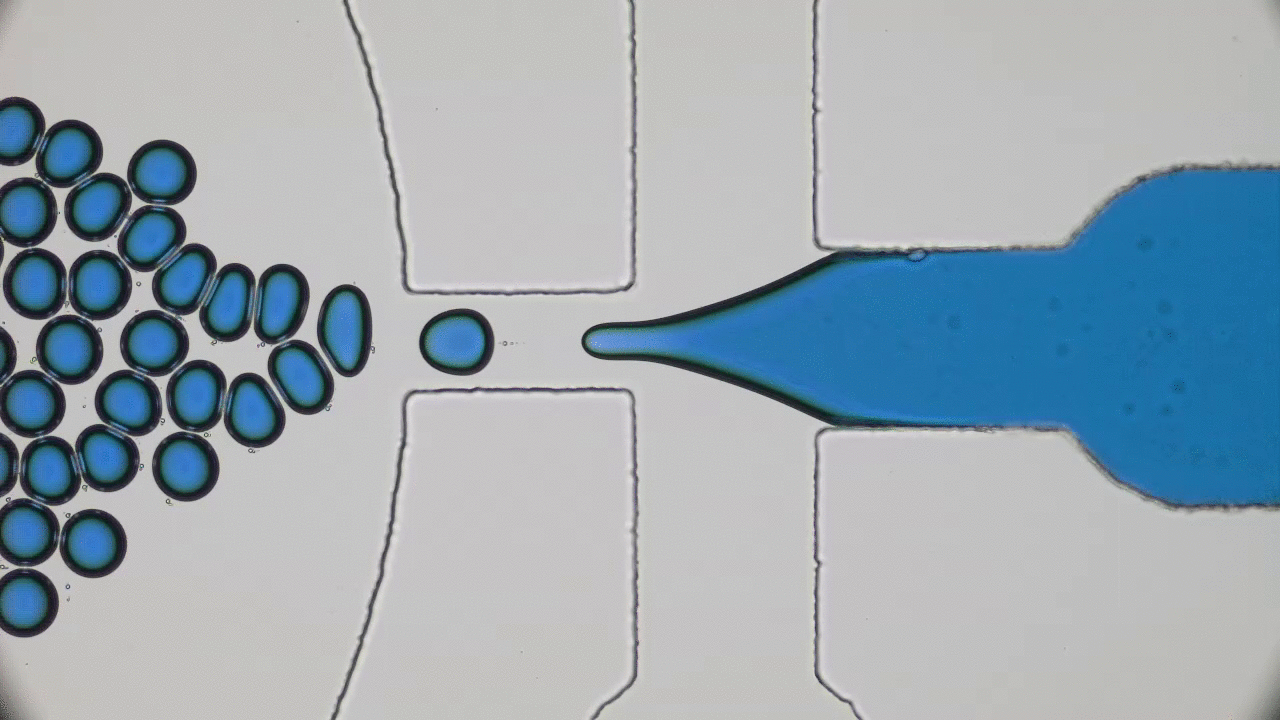In my previous post on soft nanoparticles, you were introduced to polymer-based nanoparticles that could be used in biomedical applications, one of which is cancer therapy. These nanoparticles have a range of useful properties for cancer treatments, including their spherical shape and small size (~100 nm), both of which are similar to exosomes, small globules that are used in nature for transferring proteins between cells. Since cells naturally absorb exosomes, artificial particles with this size and shape should also be easy for cells to absorb, which means these particles could be used to deliver drugs into cells. While this idea sounds promising, it hasn’t worked out in practice — when drug-loaded polymer-based nanoparticles were injected into a tumor, subsequent tests showed that less than 1% of the injected dose entered the cancer cells. Since these particles were the correct size and shape, why didn’t they get inside the target cells?
3 Easy Steps to (almost) Curing Type 2 Diabetes
Direct insulin injection is considered a traditional treatment for the type II diabetes. Aside from its painstaking process, this treatment imperfectly regulates the dynamics of insulin release. In this post you will read about designing an artificial cell that can manage to release insulin on-demand when needed.
Microcannons firing Nanobullets
Sometimes I read papers that enhance my understanding of how the universe works, and sometimes I read papers about fundamental research leading to promising new technologies. Occasionally though, I read a paper that is just inherently cool. The paper by Fernando Soto, Aida Martin, and friends in ACS Nano, titled “Acoustic Microcannons: Toward Advanced Microballistics” is such a paper.




